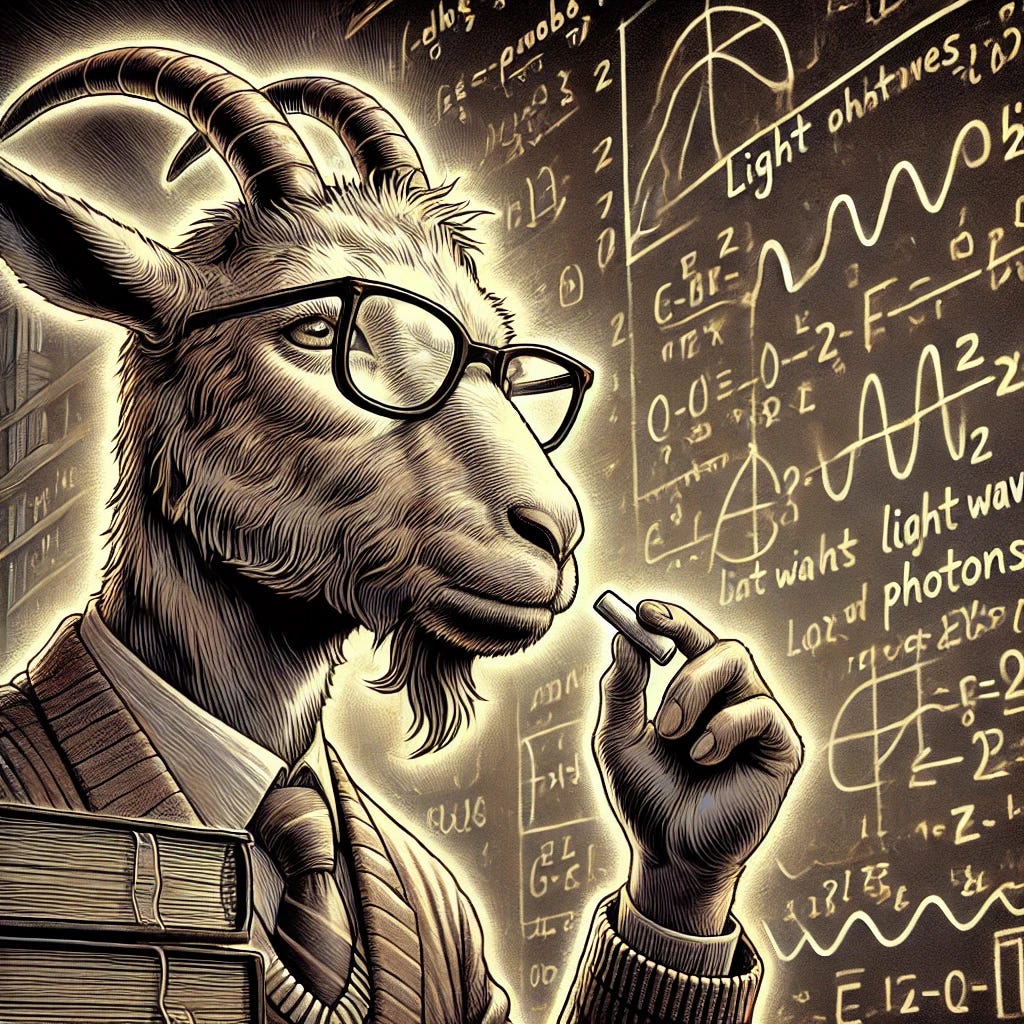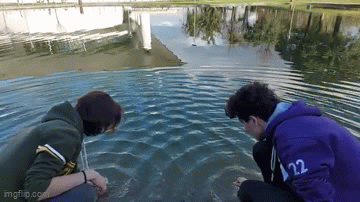Let’s get on the same wavelength today.
What a curious turn of phrase! This metaphorical phrase borrows language from physics, but only indirectly. It was the medium of radio during the early 20th century that gave wavelengths the spotlight.
In On the Same Page, I wrote the following short passage:
During the roaring 20s in America, radio became unbelievably popular. Less than 1% of homes had radios at the start of the decade, and over 60% had them by the end of it.
Suddenly, people were talking about specific wavelengths that individual radio stations would use to broadcast. If you wanted to listen to a particular show, you would need to tune your radio in to the right wavelength.
Today, we call where you tune your radio dial a station, but that’s only because each station uses its own wavelength. If two different stations were broadcasting on the same wavelength, they’d end up interfering with one another.
It’s easy to understand why this phrase became popular, and I think it’s clear why it became synonymous with seeing eye to eye and being on the same page.
It’s true that this etymological journey is short and sweet, with an easy punch line at the end. However, lets return to that explanation for a moment, and think about the physics at a slightly deeper level.
I wrote that each station has its own wavelength. Let’s talk about what that means.
When a broadcast is made somewhere, the audio or video signal goes out into the atmosphere (and frequently out into space, to be redirected by satellites). That signal is made up of radio waves, but that can be a bit misleading—what’s a radio wave, after all?
It turns out that radio waves are light waves. So are microwaves, X-rays, ultraviolet radiation from the Sun, and the gamma rays that caused the Incredible Hulk.
All of it is made up of those same photons light are made of. It’s the same basic ingredients. Well, ingredient.
What determines whether something is UV light (which can burn you), or gamma radiation (which clearly turns you into the Hulk and/or kills you), or harmless radio waves? The answer: wavelength.
Light exists in pulses of light—little packets that are as small as it gets called quanta. A beam of light has countless pulses of light in it, and how far apart these pulses are is called frequency. Don’t get intimidated by the language here, though: frequency and wavelength describe the same phenomenon, but from different points of view. Frequency means how often (frequently) the waves occur, whereas wavelength describes how far apart the waves are. One is just the inverse of the other—two sides of the same coin.
That’s why we see different colors. Something that’s red has stretched out wavelengths of light as compared to something that’s blue, and that’s how we know the universe is expanding.
Let’s take a minute now to think about this. All around you, there are these beams or rays of light. You can’t see any of it (except that tiny visual spectrum), but no matter where you are right now, there are dozens or hundreds of different signals flying through your body. If you think maybe this isn’t the way the world works, you can just turn on a UHF television or a radio anywhere, and you know that the encoded signal was there all along.
Hundreds of conversations are taking place in the same space you’d use for talking to someone right in front of you, and this is only possible due to these signals having different wavelengths. Meanwhile, more information makes its way to your eye from the things you see—the visual spectrum only adds to the photon swarm.
All around you right now are rays of light, crisscrossing one another, and occasionally even cancelling one another out, for when two opposite wavelengths collide, they interfere with one another, just like water.
Like with water, light waves can get really messy when they interfere. Two perfect waves will combine and amplify one another, while two waves colliding will cancel each other out, leaving nothing behind. Most waves aren’t perfectly lined up like this, so the interference patterns dealing with light are incredibly complicated.
All of this wonderful activity is going on all around you, all the time. All you have to do is stop and think about it for a moment to appreciate how wonderfully complex our world is.
Thank you for being on the same wavelength with me!




Great, as if I didn't have enough anxiety in my life, I now have to worry about tiny waves surrounding me and fighting each other?! Thanks, physics!
Really interesting and now I feel claustrophobic.